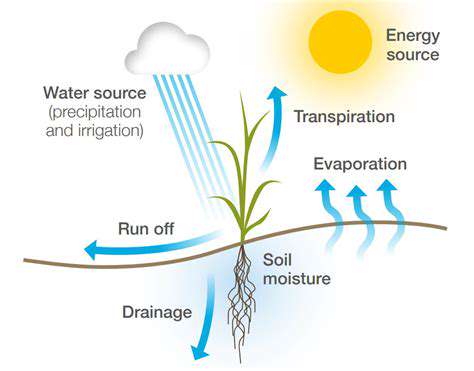How to Grow Tomatoes in Your Backyard
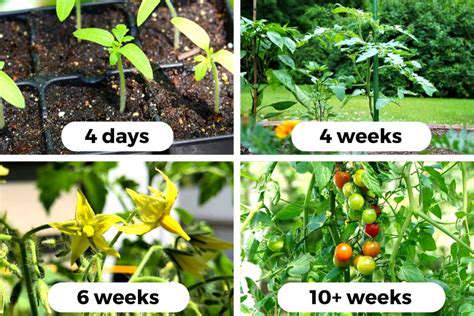
Choosing the Right Time
Getting the timing right for planting tomatoes makes all the difference in their growth and productivity. Planting too early exposes tender seedlings to frost, which can be fatal. On the other hand, delaying planting means your plants might not have enough time to mature before cooler weather returns. Local climate patterns and frost dates play a huge role in determining the best planting window. Most experienced gardeners mark their calendars based on the last expected frost date in their region.
Start by checking your area's average last frost date – this info is easy to find through online resources or your local gardening extension. Having this date in mind helps prevent planting mistakes and gives your tomatoes the strongest possible start to their growing season.
Preparing the Planting Site
Your tomato plants' future home needs proper preparation before any seedlings go in the ground. Soil quality is non-negotiable – it must drain well to prevent waterlogged roots. Heavy, compacted soil creates problems with root development and water absorption. Mix in generous amounts of organic material like compost or aged manure to boost both texture and nutrients. These amendments work wonders for moisture retention while feeding your plants throughout the season.
Sun exposure is another critical factor. Tomato plants thrive with six to eight hours of direct sunlight daily – anything less will impact fruit production. Scout your garden for the sunniest spots before planting. If your space lacks natural sunlight, you might need to explore grow lights or reconsider your planting location.
Planting the Seedlings
When conditions are right, transfer your seedlings with care. Handle them by their leaves rather than stems to avoid damage. Check that roots aren't circling tightly in their containers – this can stunt growth after transplanting. Dig holes slightly larger than each root ball, setting plants at the same depth they grew in their pots. The soil line should match up perfectly around each stem.
Gently firm the soil around each plant to remove air pockets, then water thoroughly. This initial soaking helps roots make contact with their new environment and reduces transplant shock.
Watering and Maintaining
Proper hydration keeps tomato plants productive. Water deeply but infrequently, letting the top inch of soil dry between sessions. Too much water invites root rot and other problems. Consistent moisture levels encourage strong root development and support overall plant health.
Check soil moisture regularly – simply push a finger a couple inches into the ground near your plants. Maintaining this balance throughout the season leads to healthier plants and better harvests.
Pest and Disease Control for a Bountiful Harvest
Soil Preparation for Healthy Plants
Great tomatoes start with great soil. Successful gardening goes beyond just putting plants in the ground. Enrich your soil with organic matter like compost or aged manure to improve texture, drainage, and nutrient content. These additions create ideal conditions for root growth while helping prevent soil compaction. Healthy roots mean stronger plants better equipped to resist pests and diseases.
Test your soil's pH – tomatoes prefer slightly acidic conditions between 6.0 and 6.8. Adjust with lime (to raise pH) or sulfur (to lower pH) if needed. Proper soil preparation sets the stage for your entire growing season.
Pest Management Strategies
Tomatoes attract various pests, from tiny aphids to voracious hornworms. Catch problems early by inspecting plants regularly, especially under leaves. Hand-picking pests works well for larger insects. Identify specific pests to choose appropriate controls – sometimes introducing beneficial insects like ladybugs solves aphid problems naturally.
Prevention makes pest control easier. Proper plant spacing improves air flow, discouraging pest gatherings. Healthy plants from good cultural practices naturally resist pests better. Combining these methods creates effective protection for your crop.
Disease Prevention and Control
Fungal diseases like blight can devastate tomatoes. Watch for warning signs – spotted leaves, rotting fruit, or powdery coatings. Smart spacing and good air circulation reduce disease risks. Water at soil level rather than overhead to keep foliage dry.
At first sign of trouble, remove affected plant parts immediately. Organic fungicides can help control outbreaks when used properly. Rotate planting locations yearly to prevent soil-borne disease buildup. Staying vigilant keeps plants healthier longer.
Watering and Fertilizing Techniques
Tomatoes need consistent moisture, especially when fruiting. Water deeply when the top inch of soil dries, avoiding both drought stress and soggy soil. Always water at the base – wet leaves invite disease. Adjust frequency based on weather and soil type.
Feed plants regularly with tomato-specific fertilizer, following package directions carefully. Organic options support soil health while nourishing plants. Proper feeding and watering work together to produce your best harvest yet.

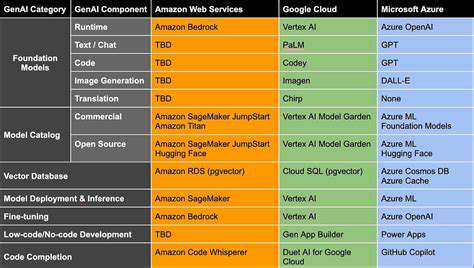

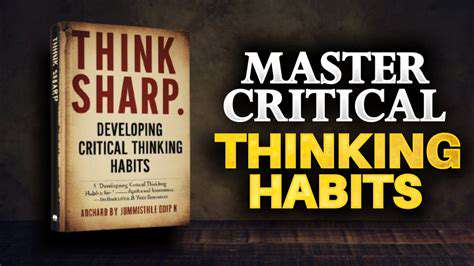



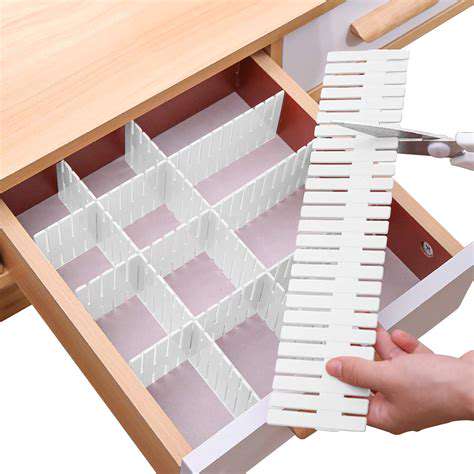
![Guide to Learning [Specific Art Form]](/static/images/31/2025-05/FromSimpletoComplex3AStep-by-StepPaintingExercises.jpg)

